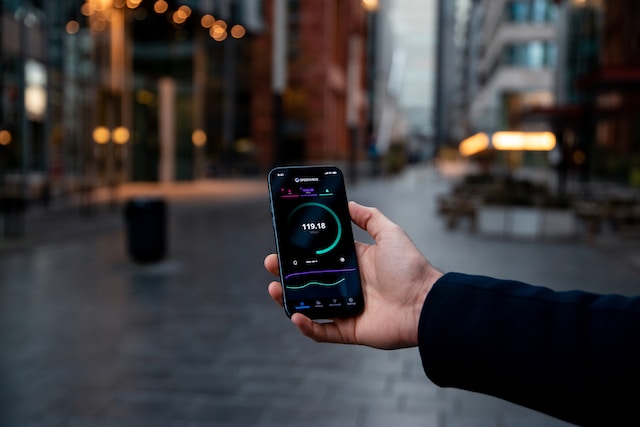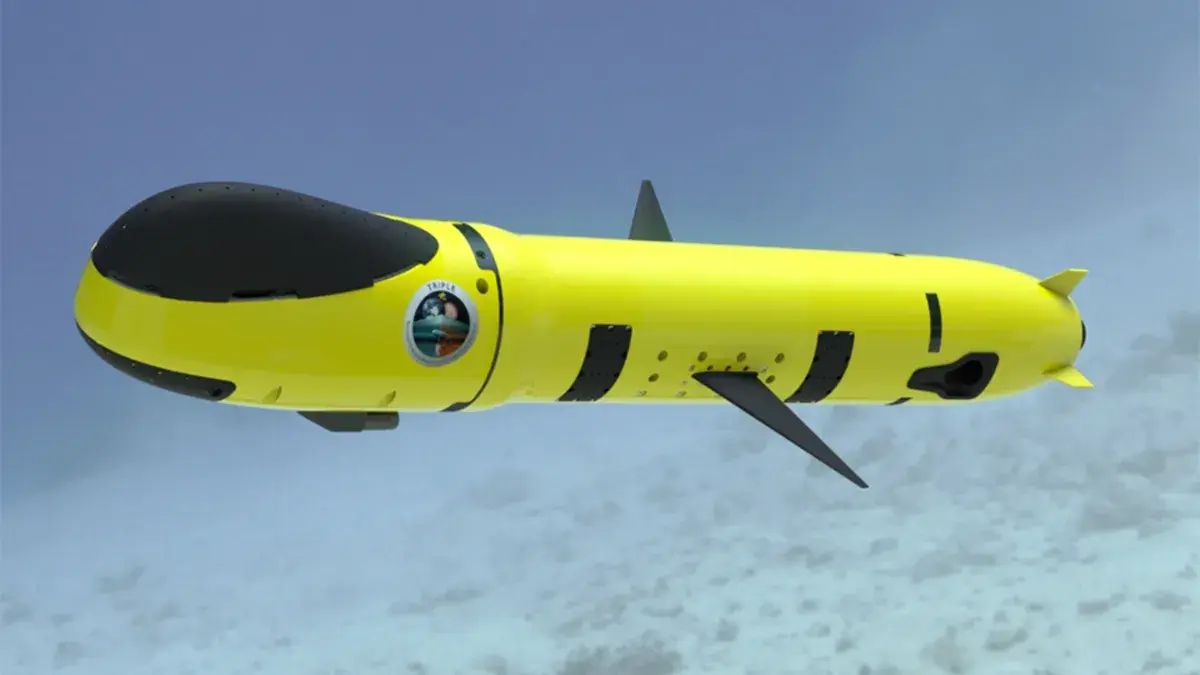A collaboration between Keysight Technologies, National Physical Laboratory (NPL), and Surrey University, made the first 6G connection with speeds over 100 Gbps over sub-THz frequencies a reality in the United Kingdom (UK). Data speeds in the range from 100 Gbps to 1 Tbps will be required by the future autonomous vehicles, and augmented reality. Such speeds require the utilization of sub-THz frequencies. However, these frequency bands are accompanied by performance and path loss challenges. Following funding from the UK government regarding 6G research, scientists from NPL and Surrey are creating new methods for optimizing the data paths and calibration methodologies. The demonstration was made at a frequency of 300 GHz using 32 and 64 quadrature amplitude modulation (QAM).
As said in a statement by the Principal Scientist from the NPL, Irshaad Fatadin, “6G is a key focus for NPL and we are using our scientific and measurement capabilities to tackle the challenges of this new technology. Our partnership with Keysight will be a critical success factor in our 6G research work.”
Moreover, the Senior Research Director and General Manager for Keysight’s Network Emulation Group, Mosaab Abughalib, commented that “Through this partnership, we are bringing Keysight solutions and experts together with scientists from NPL and Surrey University to unlock the true potential of 6G.”
The 6G testbed is located at the NPL and is built on the 6G Sub-Terahertz R&D Testbed from Keysight Technologies, using the M8194A Arbitrary Waveform Generator (AWG) in a combination with Virginia Diodes upconverters/downconverters for signal generation, as well as Keysight Technologies’ UXR0704A Infiniium multichannel high-performance 70 GHz oscilloscope for signal analysis.
The demonstration took place in April 2023, during the Spring 2023 6G Symposium at Surrey University.
6G (the sixth generation) of mobile wireless communication technology is the successor to the 5G and is currently in the development stage. It presents a revolutionary technology that will enable fascinating data transfer speeds. Commercial launch is expected around 2030.







